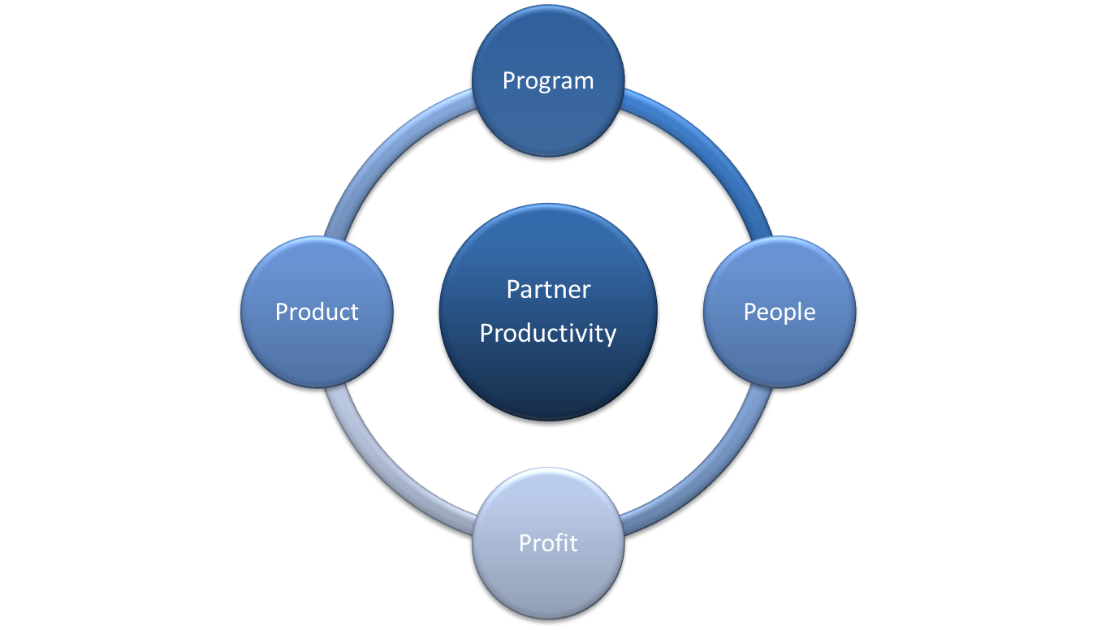While the old adages of “customer comes first” and “customer is always right” are often thrown around externally, what gets said (and acted upon) internally within organisations is often vastly different, leading to an entirely different customer experience.
This was highlighted in two of our recent consulting projects involving clients asking us to investigate why their partners were not purchasing as much as expected. Our research uncovered two issues – 1) changes to front line customer engagement were creating problems, and 2) product & program changes were amplified by these gaps in customer engagement resulting in customer defection. This article looks at the causes of these issues, and makes recommendations to avoid these customer engagement mistakes.
Customer Centric vs Self Centric
Despite all the industry proclamations, catchy advertising slogans, customer service orientated publicity, and digitisation initiatives, it could be argued that channel customer service levels have improved only marginally in the last few years.
As Harvard Business School professor Rosabeth Moss Kanter put it: “Despite the media coronation of King Customer, many customers will remain commoners… most businesses today say that they serve customers. In reality, they serve themselves first.”
The ICT channel today has plenty of choices for alternative or substitute products, technologies or suppliers. Often the only real differentiator between an incumbent or an alternative supplier is the customer experience they do or do not receive.

Once gone, it is very difficult to win the customer/partner back. By now they usually will be embedded with the alternative supplier who will of course be actively looking to grow their business by providing plenty of attention to onboarding, enablement and smoothing operational details.
Channel Dynamics 4 P’s of Partner Productivity TM
While change is often necessary within a partner program or partner base, too much change over too short a period leads to decreasing partner productivity and loyalty, they simply can’t keep up with your changes.

Program – Change of tier requirements, training or recertification requirements, tier benefits, MDF process or eligibility requirement changes etc.
People – Change of channel account manager or SE assigned to support the partner, move to Inside Sales vs face to face support, online only vs telephone
Profit – Change of pricing/discount structure, move from direct supply to distribution, change of distribution, deal registration benefits or rebate targets being “re-aligned” etc.
Product – Introduction of a new product range, product extension or a focus into an adjacent but competitive area/market, often due to acquisition, rationalisation or discontinuation or established product lines etc
Change can be an exciting and invigorating experience from inside the organisation, but not so when change is “being done to you” or received as a poorly executed message or initiative as an external third party.

The People Equation
The other oft used quote is “People will forget what you said. People will forget what you did. But people will never forget how you made them feel.”
I am all for self-service portals, digitisation and sales automation to improve efficiencies, especially if you either are a) doing preliminary research for a product or topic or b) you know what you want, it’s straightforward and you just want to transact.
However, for everything else in between, a personal interaction is probably required. In today’s complex ICT environment, you may need assistance in building out a BoM or SoW, technical assistance of how everything will fit together as part of a larger solution and of course the necessary assistance in being able to build a competitive quote. That’s just before the transaction even gets closed!
A reminder however, this people-to-people interaction is not about making friends, its about doing business easily and reliably and so earning and retaining a sense of trust.
In the B2B world this is especially so if there is any potential transactional or customer risk, complexity or hassle on the table. Customers need to make sure the person they are relying on for their project is not going to let them down, cost them financially or worse put their organisation in reputational damage control mode.
The frontline “Inside Sales” teams of distribution and vendors are often the first human touch point channel partners will have, but they are often the most junior, least resourced or most mobile of any of the sales and technical teams within the organisation. In addition, the metrics frequently used to measure these teams have little to do with actual customer service or satisfaction, but more about process quantity.
Poor follow up, additional hand offs, organisational changes, changes of staff, processes or polices affecting these frontline teams will all compound with the supplier being comparatively too hard to deal with.
What Does the Research Say?
In both instances studied there were changes in a combination of Inside Sales and field Technical or SE’s &/or Account Managers from the supplier. The engagement gap resulted in a less than optimal customer service experience. Partners voted with their feet and wallets as it was costing them money or their reputation as they could not get the answers they need in a timely manner. Trust in the commercial relationship was broken due to the widening personal engagement gap of not know who or where to call for help when needed.
Partners have often built their end user customer engagement and value proposition around a product suite as part of their solution. If they can’t deliver on this to their customers, they get hurt and this pain gets felt and shared downstream.

Where to Next?
- Take an outside look in as a customer service engagement reality check. Ask your customers about how or what their engagement experience is like, ideally by a neutral third party to get unbiased feedback.
- Design processes with the external customer as the priority, not internal priorities. Internal structures and processes should be designed to provide a great customer experience. Do point 1 first and see what is working or broken!
- If you must make changes think of The 4 P’s of Partner Productivity TM. The ICT industry is constantly changing so plan your changes carefully and don’t continually “drip feed” small changes so customer understand what has changed and don’t get lost.
- Communicate, communicate & communicate any required changes. Sending a single email out about a new process, person to contact, product or price change is not a communications strategy. Ensure the message really does get to the required people by using as many means as possible and repeating the message.
- Invest in your people. Take a close look at what you want the front line staff to do and realise the importance of their interaction with the customers. Then assess if they are the right people with the right skills and invest appropriately. How much is a customer worth over a year?
- Set meaningful metrics, collect, monitor and act on the data. As a simple example which is more meaningful? Number of quotes completed per hour or percentage of quotes resulting in sales?

Feel free to ping me at cwayland@channeldynamics.com.au to let me know what your customer engagement success stories are or some of the challenges you are facing.


